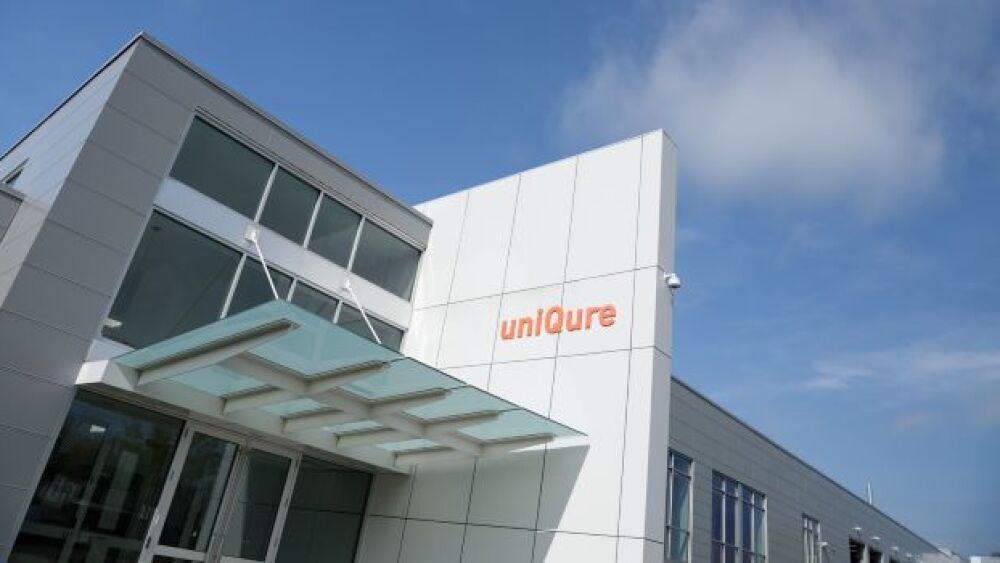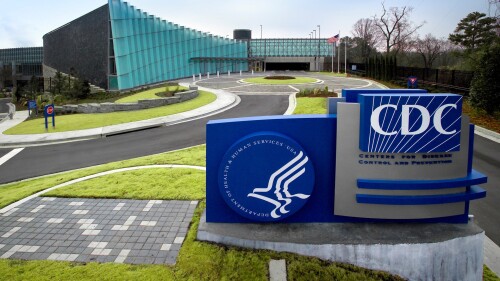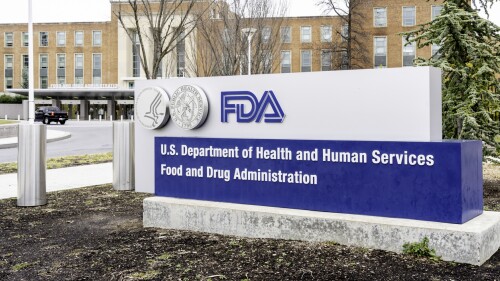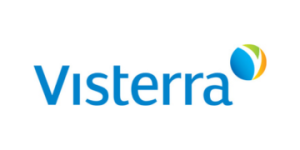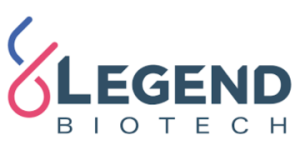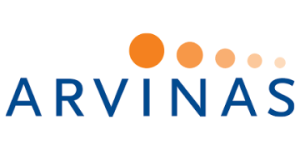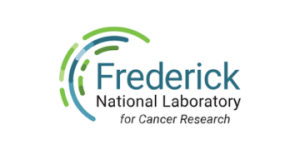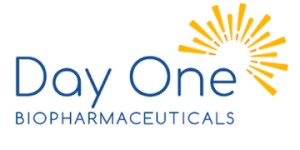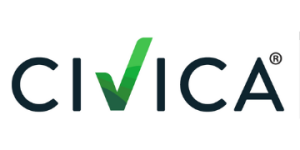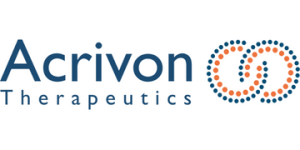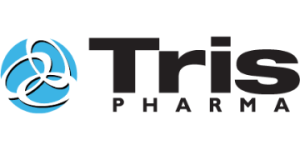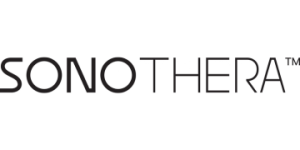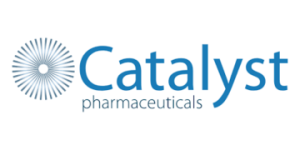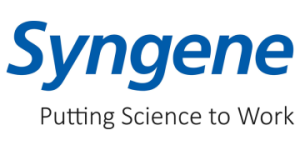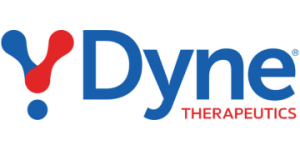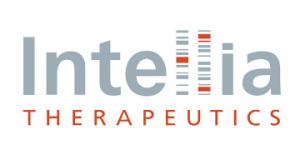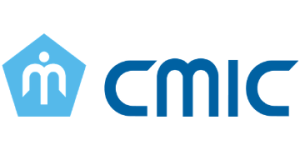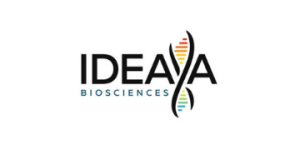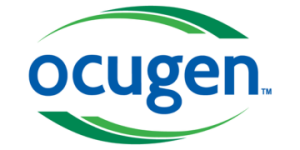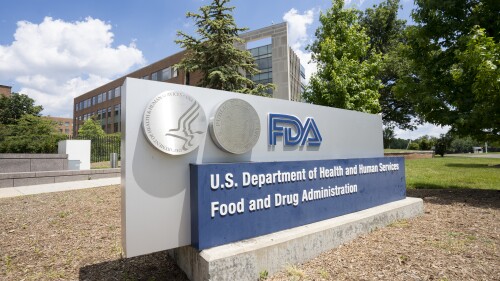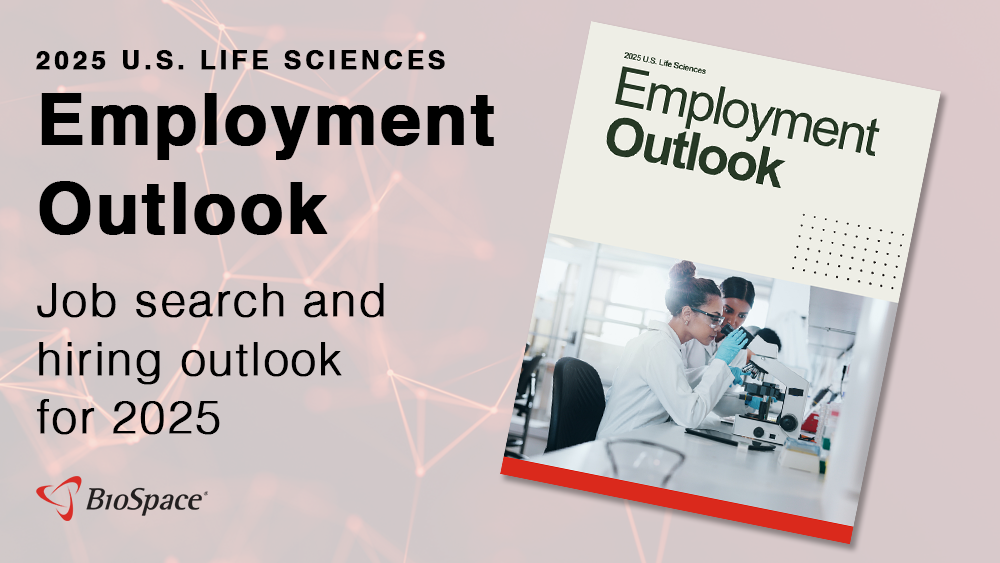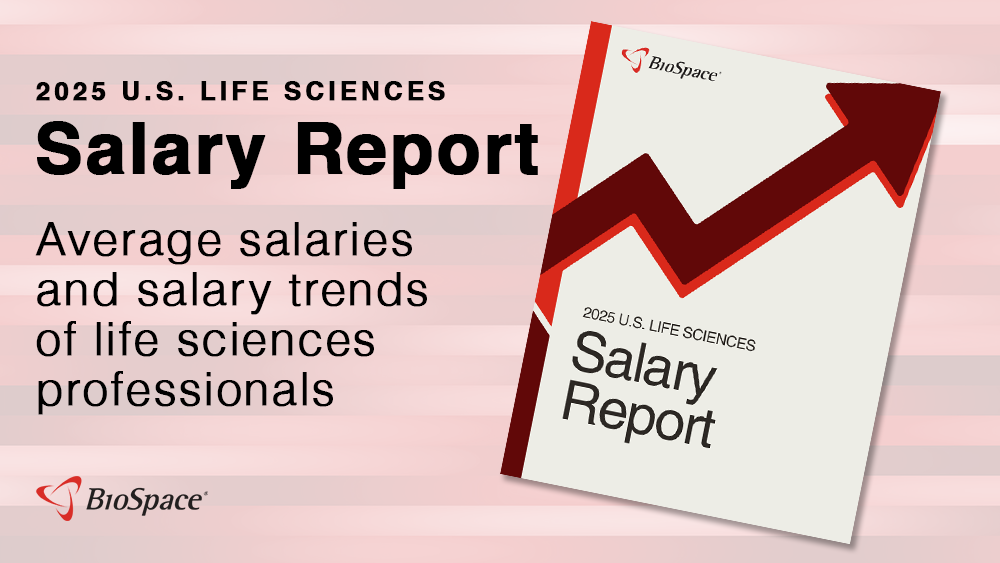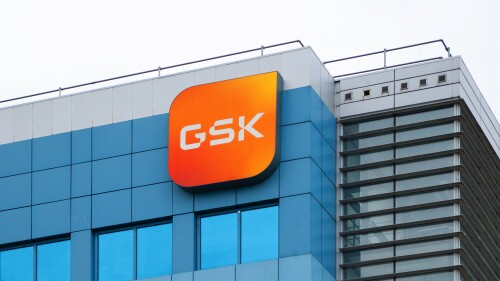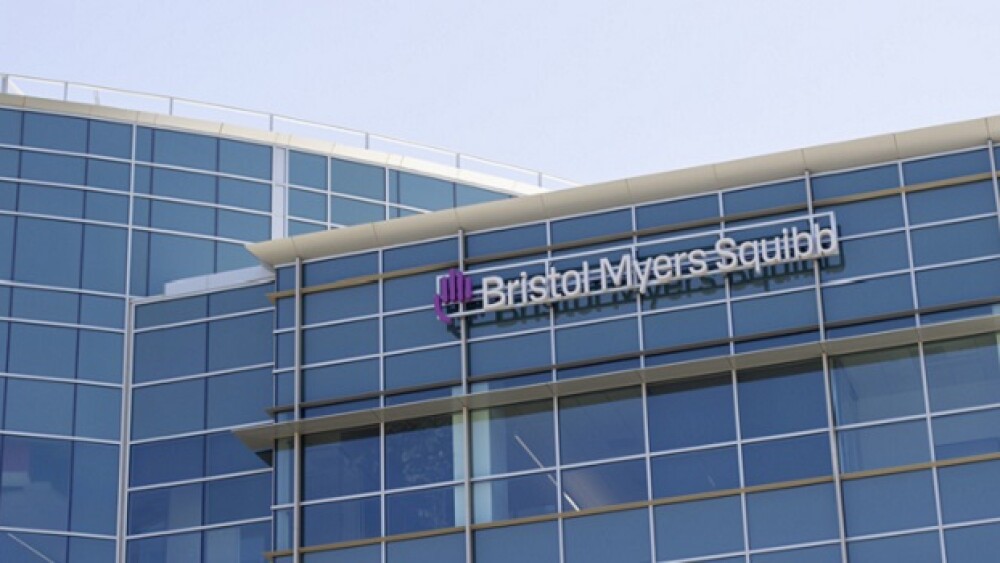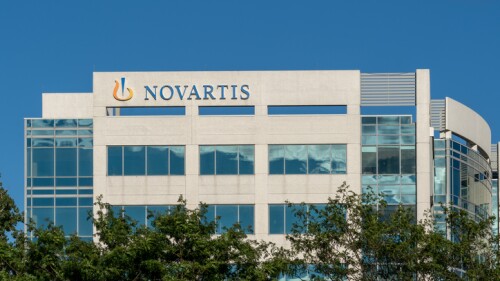Companies who run their early-stage clinical development outside the U.S. would “experience higher fees” according to an FDA proposal made during the negotiation process for the eighth cycle of the user fee program.
Last week, Center for Biologics Evaluation and Research Director Vinay Prasad claimed in an internal memo—without providing evidence—that COVID-19 vaccines were responsible for the deaths of 10 children between 2021 and 2024.
Høeg is the fifth person to lead the Center for Drug Evaluation and Research this year.
In this episode of Denatured, Jennifer C. Smith-Parker speaks to Stacey Adam, PhD, Vice President of Science Partnerships at the Foundation for the National Institutes of Health and Patrick Smith, Senior Vice President, Translational Science at Certara, to discuss the latest regulatory news and the future for new approach methologies (NAMs) development.
For the second month in a row, job postings on BioSpace increased in key biopharma disciplines. However, application rates also increased.
Job listings in the area have ticked up in the last month. These seven companies are hiring in South San Francisco right now, including scientist and clinical roles.
FEATURED STORIES
Nearly 90% of senior leaders who were at the FDA a year ago are no longer with the agency, a BioSpace analysis shows. None remain from the Office of the Commissioner.
As bispecifics, ADCs, protein degraders, and AI-designed mini-proteins move into the clinic, discovery teams face a new bottleneck: engineering and producing molecules whose complexity challenges conventional workflows.
Perfecting microbial manufacturing processes means taming its greatest asset: speed. This rapid process for creating biologics also means a race against time, where success hinges on conquering three key challenges: designing a robust microbial strain, optimizing fermentation for industrial scale, and ensuring consistent high-yield product yield.
Early decisions about manufacturing and supply chains could prove costly as a company reaches the commercial stage.
While the TrumpRx deals only cover Lilly and Novo for now, the agreements are good for any cardiometabolic biotechs waiting in the wings, according to a new 2026 preview report from PitchBook.
Venture capital flow to women-founded companies has stabilized in the post-pandemic environment. BioSpace looks back at five companies that have nabbed the most over the past two decades.
LATEST PODCASTS
In this episode of Denatured, Jennifer C. Smith-Parker speaks to Stacey Adam, PhD, Vice President of Science Partnerships at the Foundation for the National Institutes of Health and Patrick Smith, Senior Vice President, Translational Science at Certara, to discuss the latest regulatory news and the future for new approach methologies (NAMs) development.
Experts unpack the implications of CBER Director Vinay Prasad’s claim that COVID vaccines have caused 10+ child deaths; the 2025 Clinical Trials on Alzheimer’s Disease conference continues following two disappointing readouts; and Novo Nordisk’s amycretin yields promising weight loss results.
Merck has made a $9.2 billion play for Cidara, and there’s another bidding war afoot, this one for sleep biotech Avadel. Meanwhile, Rick Pazdur has taken the helm at CDER while tensions run high between FDA Commissioner Marty Makary and Health Secretary RFK Jr.
Subscribe to GenePool
Subscribe to BioSpace’s flagship publication including top headlines, special editions and life sciences’ most important breaking news
SPECIAL EDITIONS
In this deep dive, BioSpace investigates China’s rise as a biotech powerhouse.
In this deep dive, BioSpace explores the next big thing in obesity.
BioSpace did a deep dive into biopharma female executives who navigated difficult markets to lead their companies to high-value exits.
DEALS
-
The centerpiece of the deal is the in vivo editor TSRA-196, which in preclinical studies has shown robust editing at SERPINA1, the locus linked to alpha-1 antitrypsin deficiency.
-
At one point in merger negotiations with Novartis, Avidity CEO Sarah Boyce and her team walked, cutting off access to a data room and moving on to a capital raise.
-
Drug candidates don’t usually move among Big Pharma, but these five biotechs helped facilitate such hand-offs, scooping up assets from one pharma on the cheap before being bought out for billions by another.
-
Halda Therapeutics is developing oral assets for prostate and lung cancer. The deal comes after Johnson & Johnson set an ambitious goal for its oncology sales by 2030.
-
The companies have yet to disclose how many programs they plan to collaborate on or what indications they will prioritize.
WEIGHT LOSS
-
Experts unpack the implications of CBER Director Vinay Prasad’s claim that COVID vaccines have caused 10+ child deaths; the 2025 Clinical Trials on Alzheimer’s Disease conference continues following two disappointing readouts; and Novo Nordisk’s amycretin yields promising weight loss results.
-
Following Novo Nordisk’s price cuts for its own GLP-1 medicines, Eli Lilly is offering discounts for the obesity drug purchased through LillyDirect. Both pharmas recently struck a deal with the White House for cheaper prices via the yet-to-be-launched TrumpRx.
-
Novo Nordisk’s amycretin showed no weight-loss plateau over 36 weeks in patients with type 2 diabetes, suggesting its efficacy could become even stronger with longer follow-up, according to analysts at BMO Capital Markets.
-
Previous mega blockbusters took years to reach their peak sales. Lilly’s tirzepatide franchise is on course to exceed them just a few years in.
-
The drugmaker’s dominance of the obesity market is fueling predictions that years of growth lie ahead.
POLICY
-
This week’s meeting of the Advisory Committee on Immunization Practices will be led by Kirk Milhoan, a physician and pastor who recently claimed that COVID-19 vaccines contained a contamination that causes cancer.
-
U.K.-based pharmas will not face tariffs as long as Donald Trump is president, according to the agreement.
-
The discounts should be compared against the drugs’ “ultimate net price” rather than their indicated list price to gauge the true impact of the negotiations, BMO Capital Markets analysts said.
-
The record-setting government shutdown was just the latest blow to the U.S. biopharma industry. When science funding becomes a casualty of political gridlock, we lose valuable talent, erode public trust and jeopardize our position as a global leader in innovation.
-
Alicia Jackson formerly served as deputy director of the Biological Technologies Office at the Defense Advanced Research Projects Agency.
Looking for a biopharma job? Check out the BioSpace list of 12 top companies hiring life sciences professionals like you.
Employees rarely leave companies for one reason alone. In this column, Kaye/Bassman’s Michael Pietrack shares a framework that helps leaders identify when their team members are thinking about heading for the exit—and how to address it.
Biopharma professionals aren’t typically hired right away, based on a BioSpace LinkedIn poll. In the past year, only about one-third of respondents found employment in three months or less. Several who did share their keys to success.
In a volatile industry, staying put might seem like a smart bet, but job hugging can quietly erode your visibility, growth and future opportunities.
Transparency doesn’t drive people away. It attracts the right ones and keeps them committed. Leadership coach Angela Justice discusses the problem with leaders only selling the upside and the value of setting accurate expectations from the start.
Media coverage can help biopharma executives connect with, inform and inspire the public. In this column, Kaye/Bassman’s Michael Pietrack and three communications experts share how to make the most of these opportunities.
HOTBEDS
REPORTS
In this Employment Outlook report, BioSpace explores current workforce sentiment, job activity trends and the prospective job and hiring outlook for 2025, particularly as it compares to the previous year.
BioSpace’s third report on diversity, equity, inclusion and belonging in life sciences examines dramatic shifts in attitude around diversity initiatives.
CANCER
-
While Imvax’s autologous immunotherapy IGV-001 missed the primary endpoint of progression-free survival in a Phase IIb trial, the company will request a meeting with the FDA to discuss next steps for “synergistic” treatment.
-
The FDA’s docket in December includes decisions for two big biologic franchises: BMS’s Breyanzi and Amgen’s Uplizna.
-
Imfinzi is the first immunotherapy approved for perioperative use to treat gastric and gastroesophageal junction cancers.
-
Tecvayli plus Darzalex led to an 83% boost to progression-free survival versus the current standard therapy in relapsed or refractory multiple myeloma, results analysts at Guggenheim Securities called “remarkable.”
-
After GSK subsidiary Tesaro filed a lawsuit Thursday claiming that AnaptysBio breached “certain requirements” under their 2014 license agreement involving GSK’s Jemperli, Anaptys responded Friday morning.
NEUROSCIENCE
-
Analysts had noted “unease” from investors regarding the state of the Phase III ADEPT-2 trial, with BMS at one point telling Leerink Partners that the reopening of enrollment would be a “significant development.”
-
The Phase III, open-label extension study suggests EPX-100 has a “positive” risk/benefit profile for the treatment of Dravet syndrome, analysts at H.C. Wainwright & Co. said Tuesday.
-
After covering the Alzheimer’s space through every high and low, BioSpace’s Annalee Armstrong welcomes back Roche for the 2026 Alzheimer’s Renaissance.
-
Trontinemab lowered amyloid levels below the threshold of positivity in 92% of treated patients.
-
Johnson & Johnson will discontinue the Phase II Auτonomy study of posdinemab after a scheduled review found the anti-tau antibody failed to slow clinical decline in patients with early Alzheimer’s disease.
CELL AND GENE THERAPY
-
As big pharmas including Takeda and Novo Nordisk flee the cell therapy space and smaller biotechs shutter their operations, these players are sticking around to take the modality as far as it can go.
-
The FDA approved an intrathecal form of Novartis’ spinal muscular atrophy gene therapy Zolgensma on Monday, broadening access to patients two years and older in what one Stanford Medicine professor called a “game changing advance” for the field.
-
Experts suggest the FDA’s Advanced Manufacturing Technologies designation could be a lifeline for improving production processes for approved cell and gene therapies.
-
Mixed headlines have plagued the cell and gene therapy space of late. We believe that a renewed case of optimism is not only warranted but essential if these therapies are to reach their full potential.
-
After revoking Sarepta’s award in July and awarding one to Krystal last month, the FDA’s platform technology designation program appears to be back on track. These six biotechs could be on the regulator’s radar.

